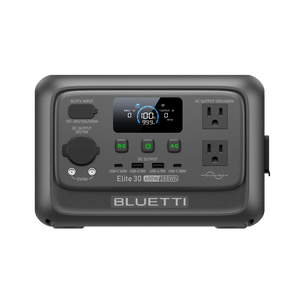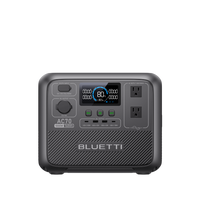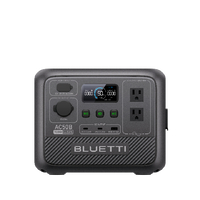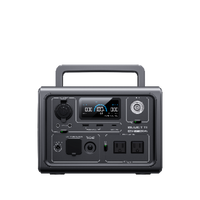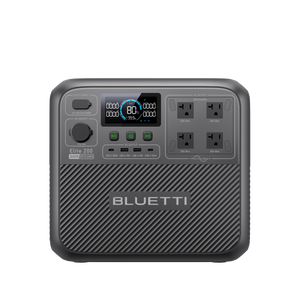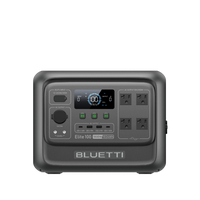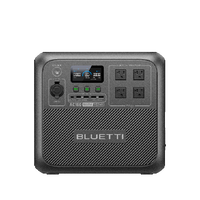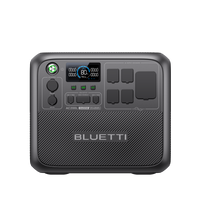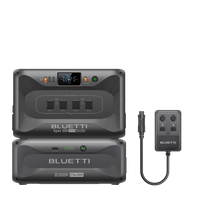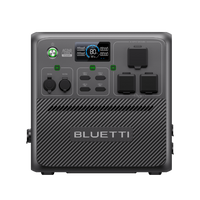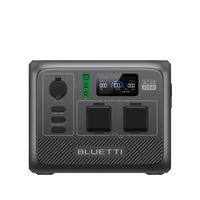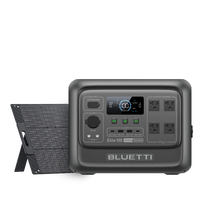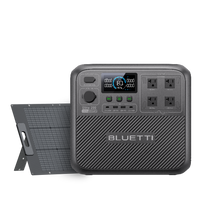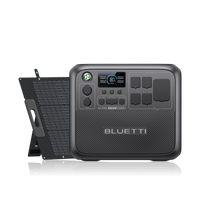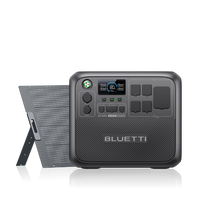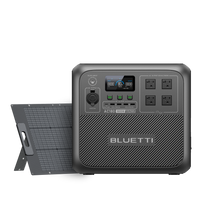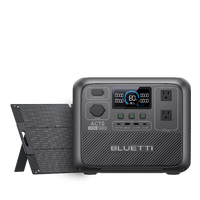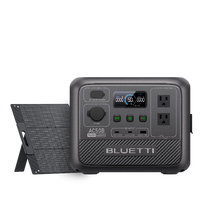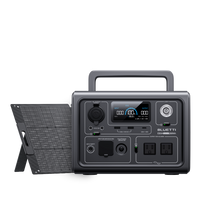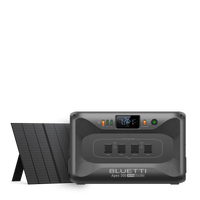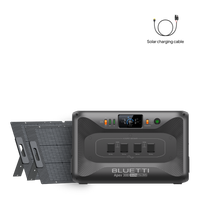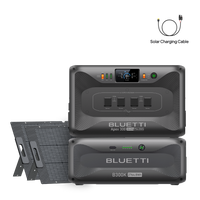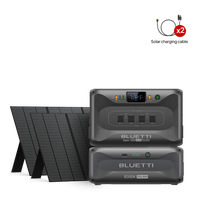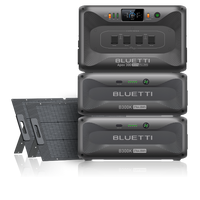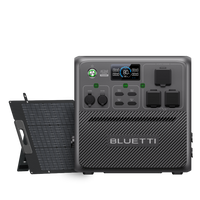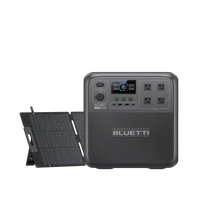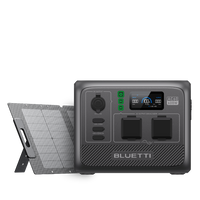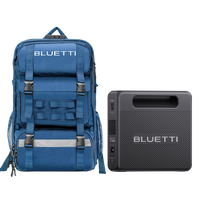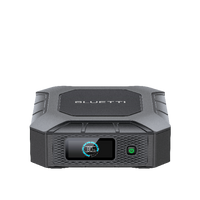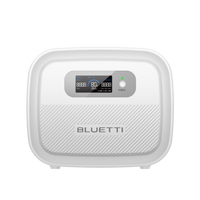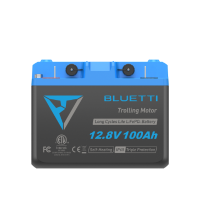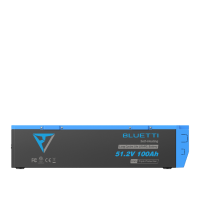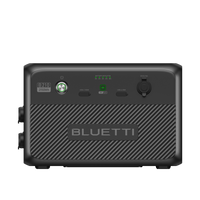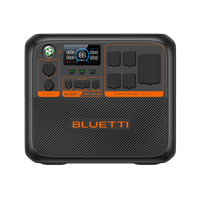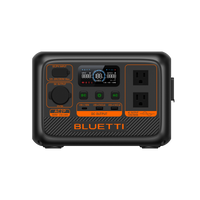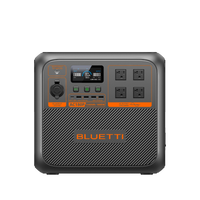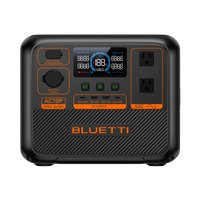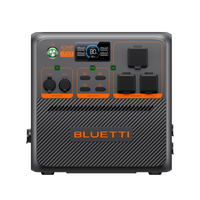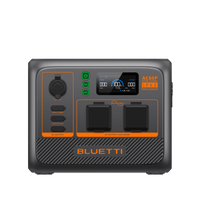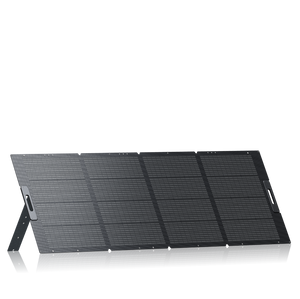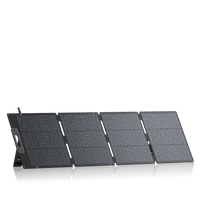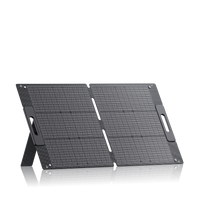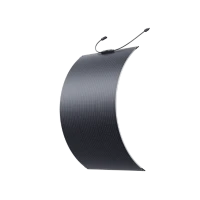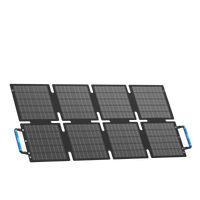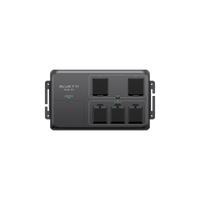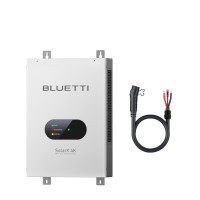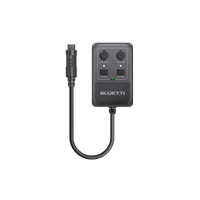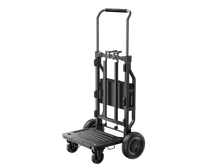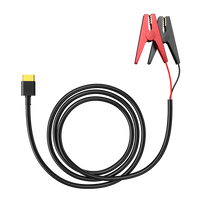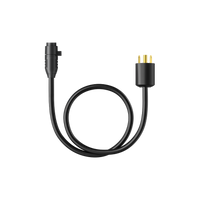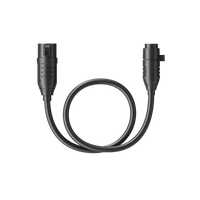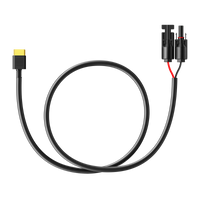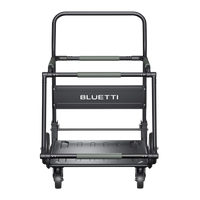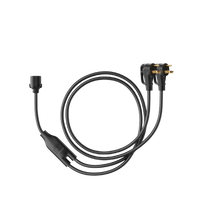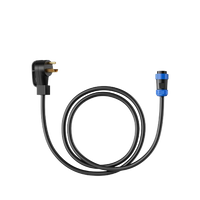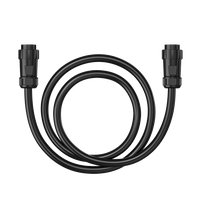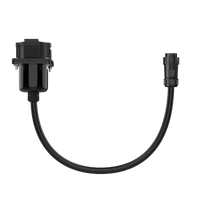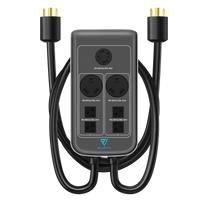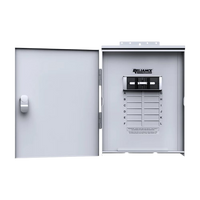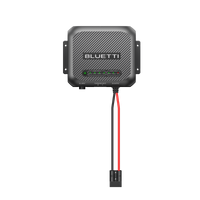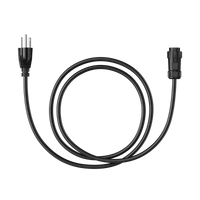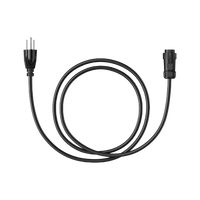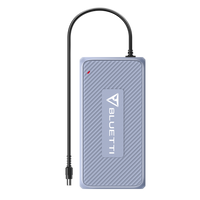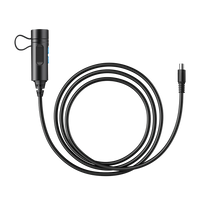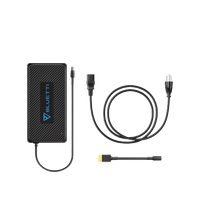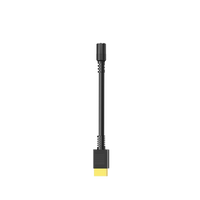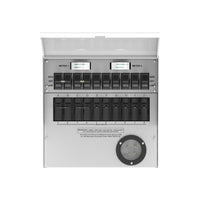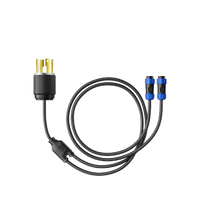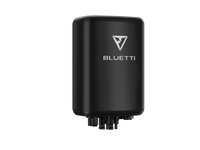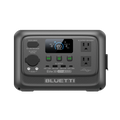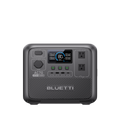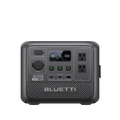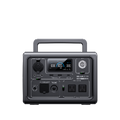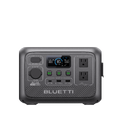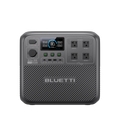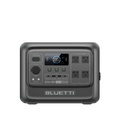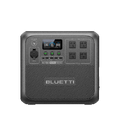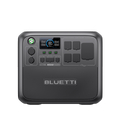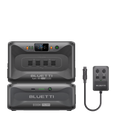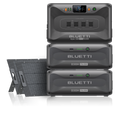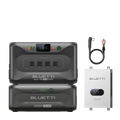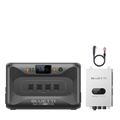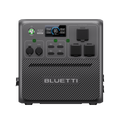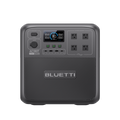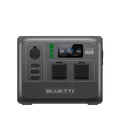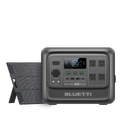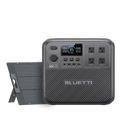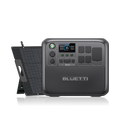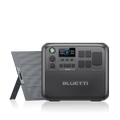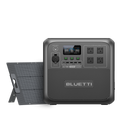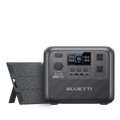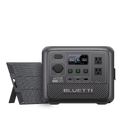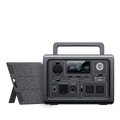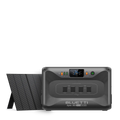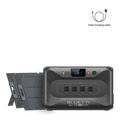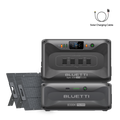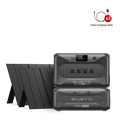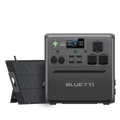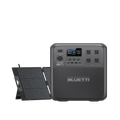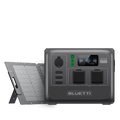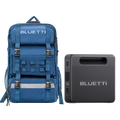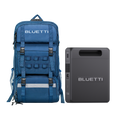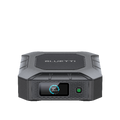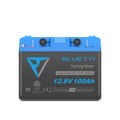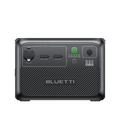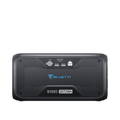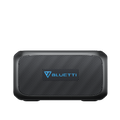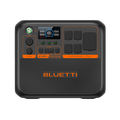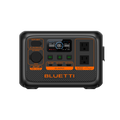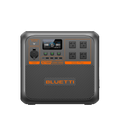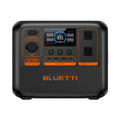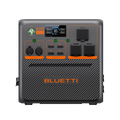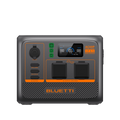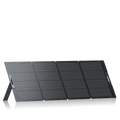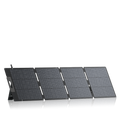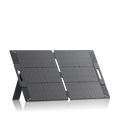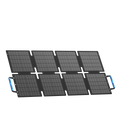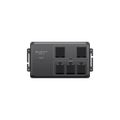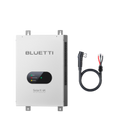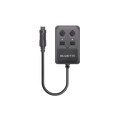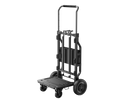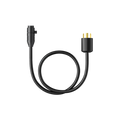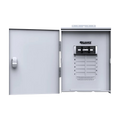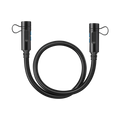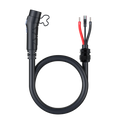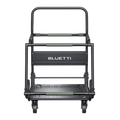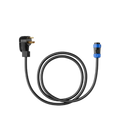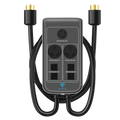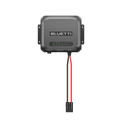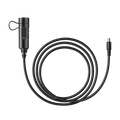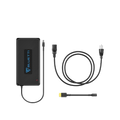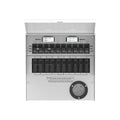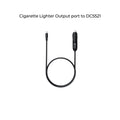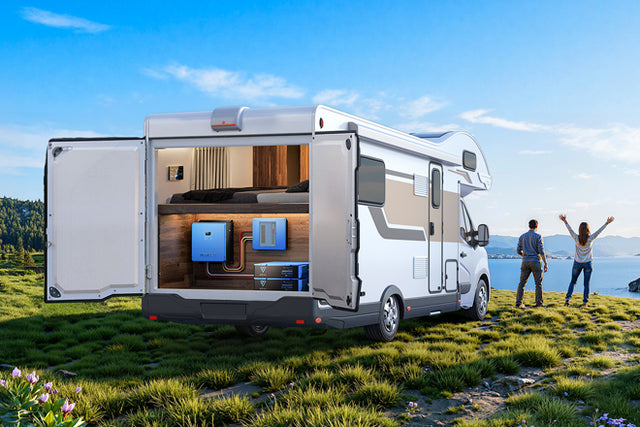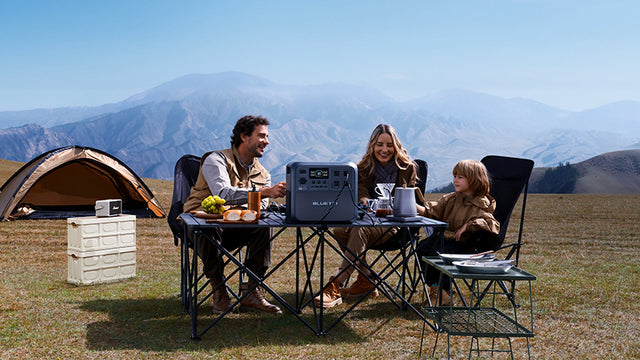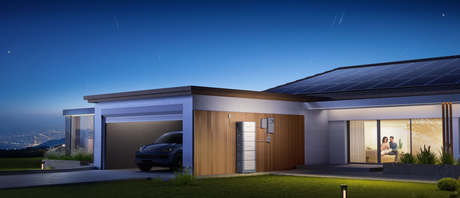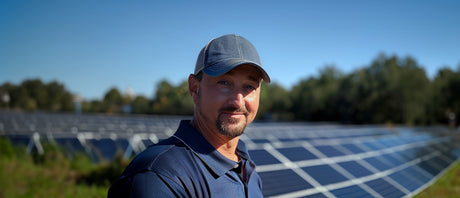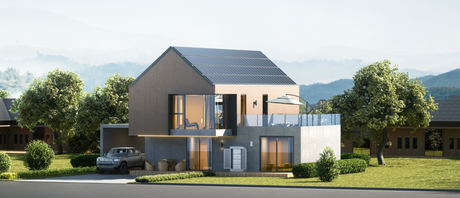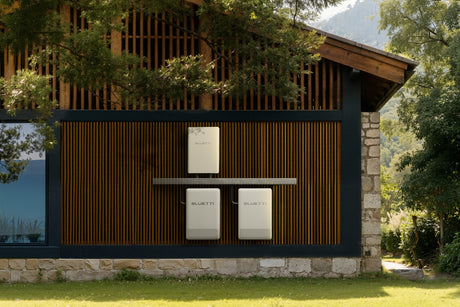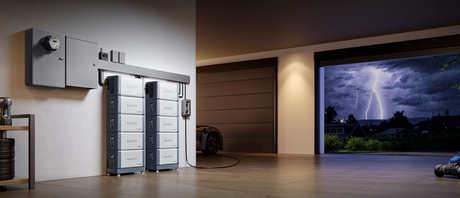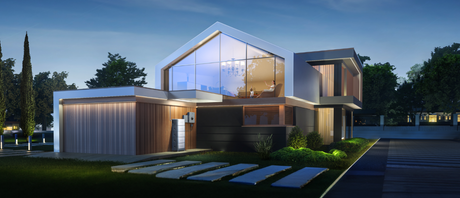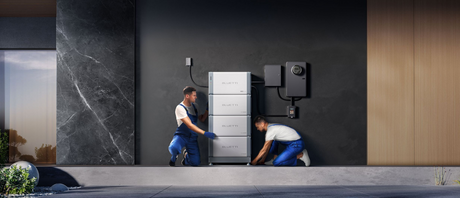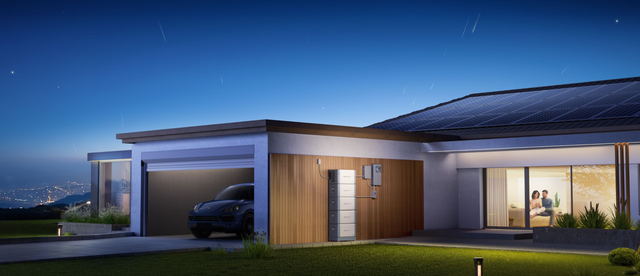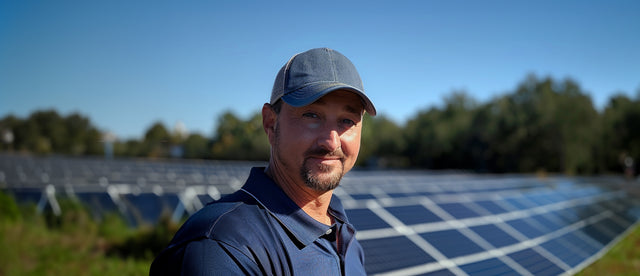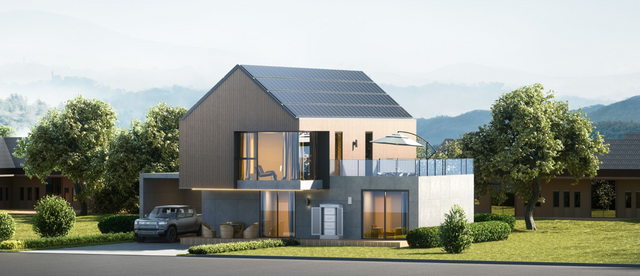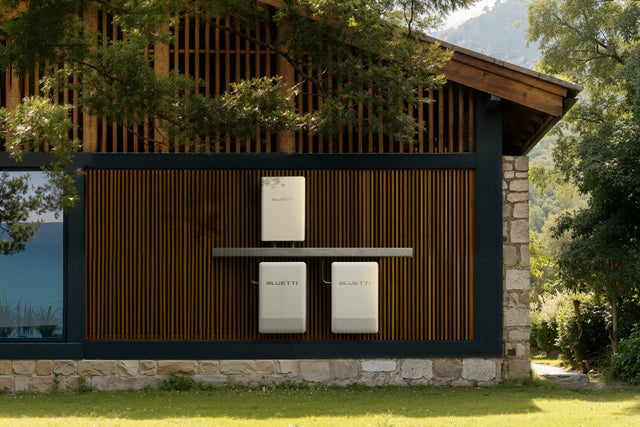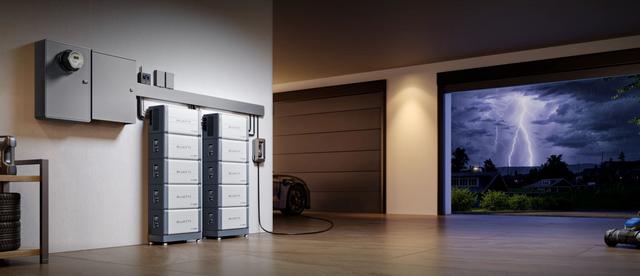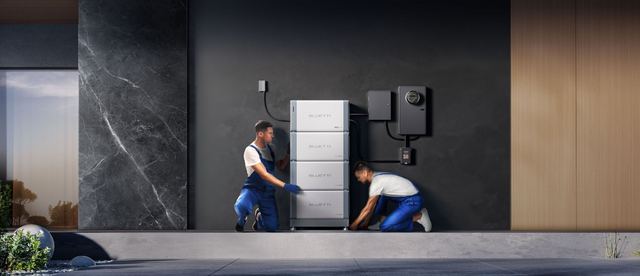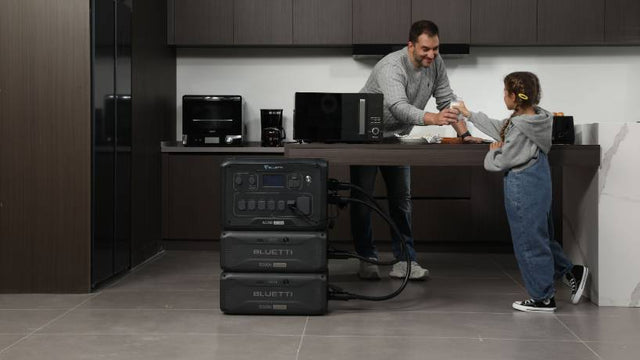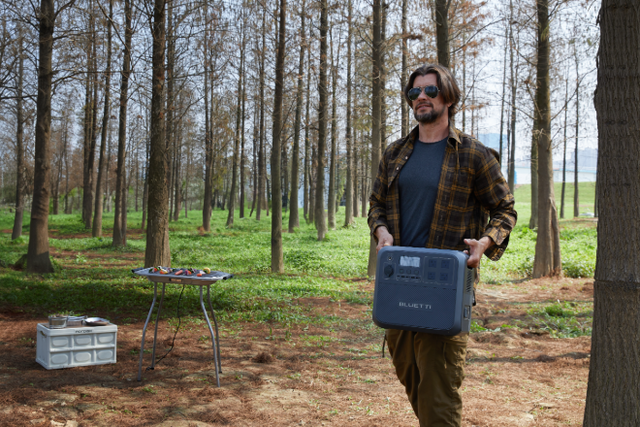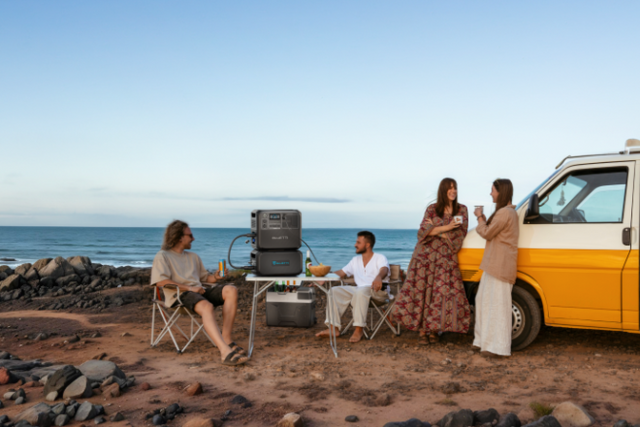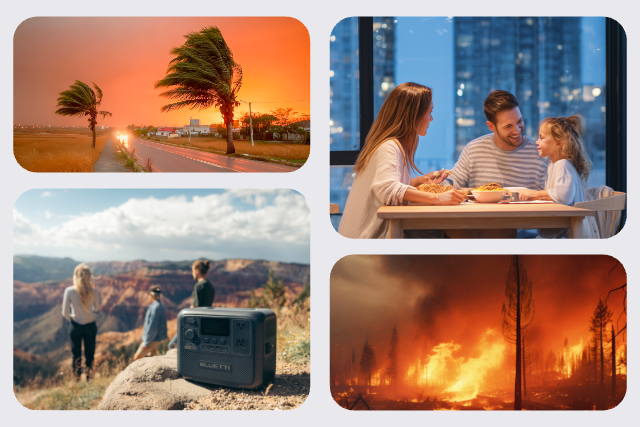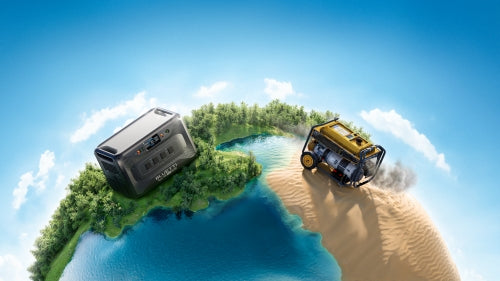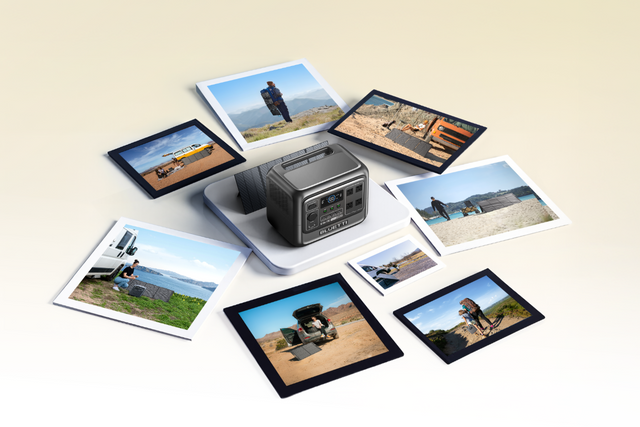Your cart is empty
Shop our productsThere's just something special about rolling down the highway with your whole house tagging along behind you (or under you, if you're driving it). By 2025, RV travel isn't just a quirky vacation idea anymore; it's become a way of life for a lot of folks.
After the pandemic, more and more people started skipping airports and hotel check-ins in favor of the road. Camping, road trips, and full-time RV living are increasingly popular. Why? Simple. You get freedom, you get flexibility, and you always have your own cozy space right there with you.
If you're new to the scene, you'll probably hear about RV classes. Don't let that intimidate you; it's just RV lingo for the different types. Think of it like categories that tell you about the size, the features, and what each one's best suited for. At the most basic level, you've got two big groups: motorized (drive it yourself) and towable (hook it up and haul it).
Alright, let's dig in.
What Defines an RV Class?
Think of RV classes as the way people sort all the different kinds of rigs out there. It's not as complicated as it sounds; it mostly comes down to a few things:
- Size — anything from a tiny camper van to a rolling luxury condo on wheels.
- Chassis type — built on a van, a truck, or even a bus frame.
- Mobility — some have their own engines, others you hitch up and tow.
- Amenities — bare-bones basics for weekend warriors or full-blown residential setups with all the creature comforts.
Why does this matter?
Because knowing the differences can save you a ton of hassle. It helps you avoid buying way more RV than you'll ever use, or on the flip side, ending up with something that's too small for the kind of trips you actually want to take.
Motorized RVs—Self-Powered Homes on Wheels

These rigs come with their own engine; you just turn the key and hit the road. No messing around with a tow vehicle. They're especially handy for folks who want everything in one package.
Who they're great for:
- Retirees looking for comfort
- Families who need extra space
- Travelers chasing luxury
- Digital nomads working from the road
a. Class A RVs
Think of these as the kings of the RV world. They're big, bold, and built for comfort.
- Size: usually 25–45 feet
- Features: full kitchens, bathrooms, roomy beds, plus slide-outs that expand your living space
- Benefits: tons of space, a smooth ride, and perfect for full-time living
- Challenges: they're pricey ($100k–$500k+), fuel-thirsty (7–13 mpg), and honestly a bit of a headache to maneuver through tight city streets
Example: the Newmar Bay Star
|
Feature |
Details |
|
Size |
25–45 ft |
|
Sleeps |
4–8 people |
|
Fuel |
Gas or Diesel (7–13 mpg) |
|
Best For |
Luxury, long-term living |
b. Class B RVs (Camper Vans)
Compact, versatile, and built on van chassis like the Sprinter, Transit, or Promaster. These are the smallest motorized RVs, usually running 16–24 feet in length.
Why people love them:
- Super easy to drive, basically like handling a big van, so city driving and parking aren't a nightmare
- Great fuel economy (around 18–25 mpg, which is impressive in the RV world)
- Perfect for off-grid adventures or couples who don't need a ton of space
What you give up:
- Storage is limited; you won't be hauling tons of gear
- Living space is tight, making it cozy at best but cramped at worst.
Example: the Winnebago Revel, a go-to favorite for van lifers.
|
Feature |
Details |
|
Size |
16–24 ft |
|
Sleeps |
2–4 people |
|
Fuel |
18–25 mpg |
|
Best For |
Couples, solo travelers |
c. Class C RVs
These are the "middle ground" rigs, bigger than camper vans but not quite the rolling mansions of Class A. You'll spot them by the cab-over bunk (that bed that sits right above the driver's area). They're usually built on a truck or van chassis and range from about 20–41 feet long.
Why people like them:
- A nice balance between space and drivability
- Sleep 4–7 people without too much squeeze
- More budget-friendly than a Class A
The trade-offs:
- Not as luxurious as the big Class As
- Fuel economy is decent but not stellar (10–15 mpg)
Bonus subclass: Super C. These are beefier versions, often diesel-powered, with serious towing capability.
Towable RVs – Hitch and Go Flexibility

These don't have engines of their own; you just hook one up to your car or truck and hit the road. The best part? Once you park at a campsite, you can unhook the trailer and take your vehicle out exploring without dragging your whole setup with you.
Why folks like them:
- Usually way cheaper than motorhomes
- Park it, drop it, and still have your car for side trips.
a. Travel Trailers
These are the classics—you'll see them everywhere. They come in all shapes and sizes, from little 12-foot rigs for two people to giant 40-foot setups that can sleep a whole crew (I've seen ones that fit 12–15!).
Example: the shiny, iconic Airstream Flying Cloud.
b. Fifth-Wheel Trailers
Think of these as the big, comfy apartments on wheels. They connect to the bed of a pickup truck (so you'll need a strong truck). Inside, you'll often find multiple bedrooms, roomy living areas, and sometimes even washers and dryers.
Example: the Keystone Montana, basically a rolling condo.
c. Other Towables
- Pop-up campers: super light, fold down flat, great starter option.
- Truck campers: sit right on your pickup—rugged and adventure-ready.
- Teardrop trailers: tiny, cozy, perfect for one or two people.
- Toy haulers: part RV, part garage, great if you're hauling ATVs, bikes, or motorcycles.
Choosing the Right RV Class

Before you rush out and buy, it's worth slowing down and asking yourself a few real-life questions.
- Group size: Are you rolling solo, just the two of you, or packing the whole family in? That factor alone can make an RV feel cozy or overly cramped.
- Budget: Don't just look at the sticker price. Gas, upkeep, and all the little extras (like campground fees or gear) sneak up fast.
- Towing ability: Thinking about a towable? Make sure your truck or SUV can actually handle the weight; you don't want to find out the hard way.
- Travel style: Close your eyes and picture your trips. Do you see yourself at luxury resorts with pools, tucked into quiet state parks, or boondocking off-grid with no hookups in sight?
A quick comparison table:
|
Class |
Size |
Sleeps |
Power / Tow |
Best For |
|
Class A |
25–45 ft |
4–8 |
7–13 mpg |
Luxury living, retirees |
|
Class B |
16–24 ft |
2–4 |
18–25 mpg |
Couples, city + off-grid |
|
Class C |
20–41 ft |
4–7 |
10–15 mpg |
Families, balance |
|
Travel Trailer |
12–40 ft |
2–15 |
Towable |
Budget-friendly, variety |
|
Fifth-Wheel |
25–45 ft |
4–8 |
Heavy truck tow |
Luxury + space |
|
Teardrop |
8–12 ft |
1–2 |
Towable |
Minimalist travel |
Powering Your RV Adventures
One of the biggest challenges RVers run into is power. Not every campsite has hookups, and if you're boondocking, you've got to provide your own power. That's where portable power stations come in handy.

This one's compact and easy to haul around.
- Capacity: 1,024Wh
- Output: 1,800W—enough for laptops, fans, or a small appliance or two
- Best for: weekend getaways, charging up devices, or running light cooking gear
- Perk: lightweight, so you won't break your back carrying it

Now this is the heavy-duty option.
- Capacity: 2,764.8Wh
- Output: 3,840W, powerful enough to handle fridges, microwaves, tools, and even a small AC unit
- Best for: long boondocking trips, full-timers, or even as backup power at home
- Extra: pairs with solar panels for true off-grid living
With setups like these, you're not tied to campground electricity anymore. Whether you're parked in the desert, camped beside a lake, or tucked away in the mountains, you can keep your lights on and your gear running.
Conclusion
RVs mean different things to different people. For some, it's just a quick weekend escape. For others, it's about chasing long road trips or even making the highway their full-time address.
The trick is simple: find the RV class that aligns with your budget, habits, and travel style. Once you nail that, the open road starts to feel a whole lot like home.
FAQs
Q1. What's the most beginner-friendly RV class?
If you're just starting out, travel trailers and Class C rigs are usually the easiest. They don't break the bank, and they're way less intimidating to drive than the big Class A motorhomes.
Q2. Which RV class is best for families?
For a family trip, Class C RVs and fifth-wheels are hard to beat. You get extra sleeping space, a decent amount of room to move around, and they're generally more affordable than the huge luxury options.
Q3. How long do RVs usually last?
With regular maintenance, most RVs will go 15–20 years, sometimes longer. A lot depends on how well you take care of things; ignoring small issues can cut that lifespan down pretty fast.
Shop products from this article
You May Also Like

Living Off the Grid: Beginner’s Guide to Off-Grid Homes


